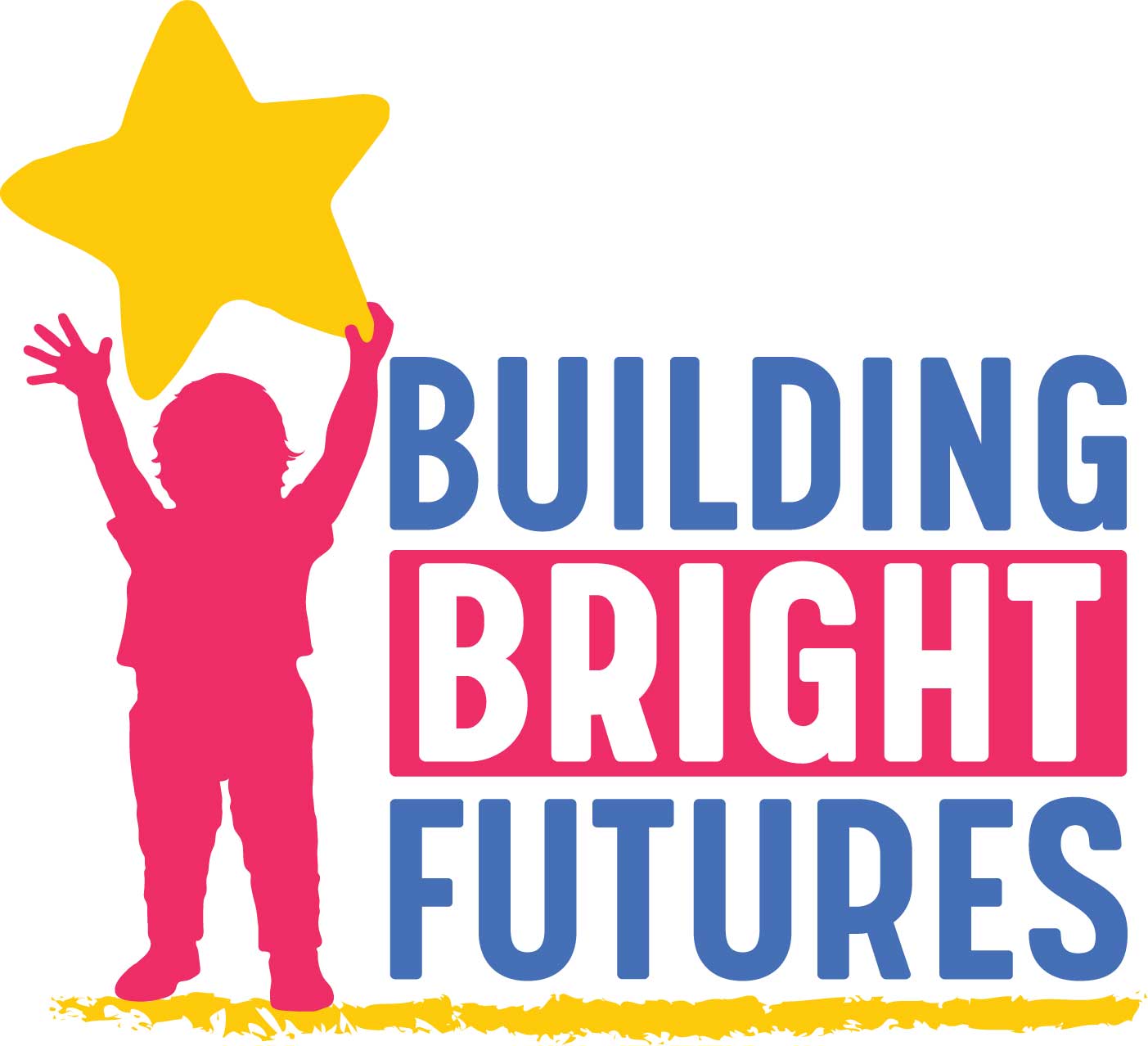Adam Sancic and I sit at a lot of the same tables in Rutland County as we work to support children and families. We recently met to discuss his work and what he sees as challenges and bright spots for the region.
What is AHS and what is the role of the Field Director?
The Agency of Human Services encompasses 6 different departments that provide a wide array of services. The agency is an umbrella of all Human Services for the State of Vermont.
“Agency of Human Services- Mission-The Agency of Human Services strives to improve the health and well-being of Vermonters today and tomorrow and to protect those among us who are unable to protect themselves.“
The role of Field Director is multifaceted and can change in the drop of a hat. There are seven Field Directors throughout the state, the majority cover two districts. Field Directors are the liaison for the Secretary of the Agency of Human Services, currently Martha Maksym. They act as representatives at the district level. One of the things that they are able to do is give information from the top down with regards to the Governor’s agenda and initiatives. They communicate items such as policy initiatives around larger issues like the opioid crisis and homelessness. They are also the direct connection from the district level back up to central office. It is how Humans Services receives ground level information that is needed for decision making.
In each division the work covers a vast array of the needs within the population. On the children’s level, Field Directors work with Children’s Integrated Services, Children’s LIT teams and others. They don’t oversee contracts, but could be directed to be the collaborative liaison in working through potential issues where a contractor may not be performing the duties they need to or are not collaborating effectively with agencies or internally with the Agency of Human Services.
Much of the focus is on the local adult interagency team development. That is, very complex cases, normally for one adult. This is where you tend to see the greatest difficulty in creating a collaborative group at a community level, to deal with and address a complicated case. That can range from substance use to mental health, offender re-entry or other difficult circumstances. Rutland County has a monthly local inter-agency team meeting where community partners can make a referral for specific complex cases. It is important because they can have all the right people at the table to create a plan for the individual in need.

Have you noticed an effort to promote mental health as simply, health?
There is a greater awareness of the importance of how mental health connects to every other facet of someone’s wellbeing.
According to research we know that adverse childhood experiences can trigger emotional and even physical reactions that can make one more prone to a number of different health conditions, including heart attack, stroke, obesity, diabetes, and cancer.
What brought you to this line of work?
I started this work in California. I spent the majority of my time doing front end work within social services. I did a lot of shelter work, in level 4 and level 5, lock down facilities for adolescent youth connected to the Dept. of Children and Families in San Diego. I also did homeless outreach work in Burlington, and a lot of work within economic services working on eligibility and Reach Up case management. I have actually been doing this work most of my life. I started as a peer facilitator when I was 17. It is something that I have always been drawn to.
What changes have you seen in your work over the years?
The complexity of need for families is greater. Families are struggling economically. The cost of living issue here in Vermont makes it difficult to make a living wage and support a family. The needs don’t seem to be increasing, but they are becoming far more complex. Much is connected to the opioid issues here, especially as it relates to youth and younger children going into custody. Overall it is really centered on the level of complexity of need.
*Per the Building Bright Futures’ How Are Vermont’s Young Children and Families Report, In Rutland County the rate of children under 9 years old (per 1,000) in DCF custody increased from 6.4 (33) in 2012 to 16.4 (81) in 2016.
With the rise in awareness of the effects of adverse childhood experiences, do you see changes in AHS?
The level of anxiety of children is greater than it was a generation ago. We need to figure out why that has changed and shifted and for what reasons.
Auburn Watersong is now the appointed Director of Trauma Prevention and Resilience Development for the state of Vermont. Field Directors meet once a month with her and are able to give input as to what is happening locally in the way of ACEs initiatives, information around trauma trainings at district levels and are able to get some input into what her larger vision is for the Agency of Human Services. One recommendation is to become more trauma informed as an agency and consideration of how that will translate to the day-to-day services and interactions with staff and those served. There will also be availability of more trainings and better understanding around trauma and resilience and ACEs at a community level.
The challenge in training a community as opposed to an organization is that it is an ongoing struggle because there is not a commonality of language or expectation of approach around vulnerable families or individuals specific to trauma. One issue is that presently, trainings offered are at different levels of place and pace in regard to how trauma is addressed. The challenge is to create a continuity around consistency of language and training as we move forward.
That said, there is a lot of good work being done. In Rutland, the Trauma Avengers-a collaborative community partner group who promote increased understanding of the effects of trauma and ACEs, have offered workshops throughout the county on a variety of related topics. This group is now merging with Partners for Prevention, which will strengthen the resilience work in the area at all levels.
What changes have you seen in the Rutland community that give you hope for families and young children?
I’ve been inspired by the work that’s happening within Rutland County , specific to collaborative efforts between AHS departments and local community partners. We have the unique privilege of working with the Rutland police department through Project Vision, uniting law enforcement, healthcare and social services. Our local Vision meetings have provided the platform to engage initiatives that look to address gaps in services specific to homelessness, suicide prevention, transportation, community connections, and mentoring. I see passion and commitment from the community partners that will be the driving change in the Rutland community to effect positive change within Rutland County.
In your work in the next year, in what area do most hope to be able to effect change?
I’m very excited about the prospect of creating a more trauma informed system of care, in order to impact how we serve those clients that have experienced trauma. Many of the families that we serve struggle with complicated systems of care that don’t always consider the impact of trauma on their ability to successfully navigate services and supports. We as a community are focused on reviewing and understanding the current trauma work that’s happening, and working to align those expectations within the Agency of Human Services and other relevant community agencies. The long term idea of sharing best practices, policies and conditions, in order to be more trauma responsive to the clients we serve falls in line with the AHS Building Flourishing Communities model, in addition to our new Project Vision/Mentor Connector initiative with the Vermont Youth Project. This work is the first step in creating a profound cultural shift in how we approach the needs of our community within the next year.
**For more information on Project Vision please visit their website: http://projectvisionrutland.com/



